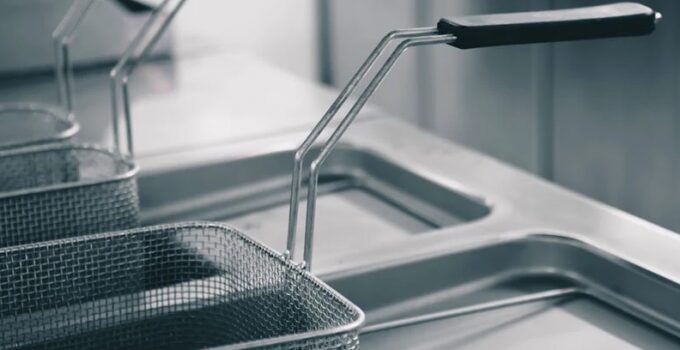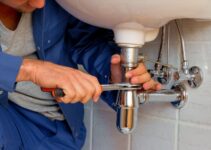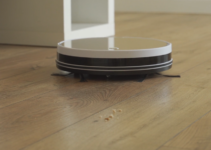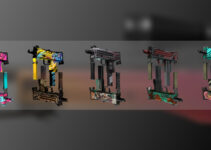Grease traps are a vital part of every commercial kitchen. As the name suggests, it’s a device that keeps your pipes devoid of built-up grease and all the smelly issues that stem from it. Now, the mechanisms on which it relies are quite simple: grease doesn’t mix with water. To put it simply, it’s a trap full of water that keeps the grease waste confined on its surface with some help from a simple baffle system. That keeps your pipes protected from greasy blockage, and saves you from enduring some costly plumbing issues down the road.
In this article, we’ll discuss the importance and the functionalities of these grease-catching devices, so keep on reading for more info.
The way it works
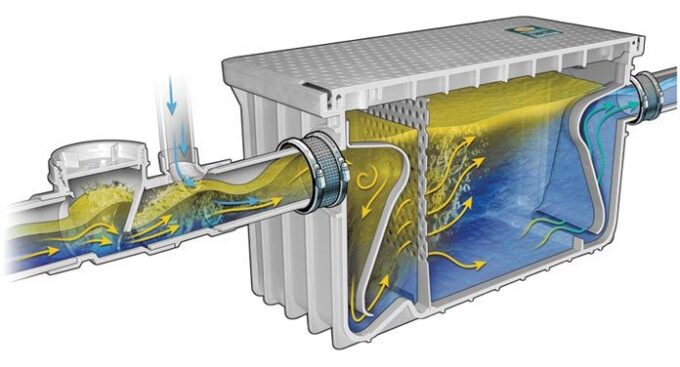
Source: totalfood.com
Again, there’s nothing overly complex about grease interceptors: the FOG waste will float on the water, keeping your pipes safe from any clogs. When the wastewater comes into the grease trap, it will be slowed down by baffles to make time for the grease to solidify and fall to the bottom. Some interceptors also utilize strainers to collect solid debris and food particles, thus reducing the amount of waste that stays in the trap.
Now, that’s the basic mechanism on which all grease traps function, but it’s not the end of it. There are different types of grease interceptors available (we’ll get to that in a minute), and they all come at different levels of quality and reliability. Make sure to do some research on the supplier before you get one for your newly opened restaurant or pub, and consider your needs carefully.
Does my kitchen need one?
For commercial kitchen owners, grease traps are not mere practicality: in most states and cities, the law requires you to have one. Even if there are no grease trap regulations in your local area, ask yourself: do you really want to end up with damaged pipes? How about dissatisfied customers who can smell those plumbing issues once they walk into your facility? Exactly, it is a scenario worth avoiding.
So, no matter whether it’s a hotel, restaurant, sports venue, café, bakery, or takeaway: every commercial kitchen needs a grease trap. Make sure to check if there any specific regulations when it comes to FOG waste (some states require you to measure and report FOG levels annually) and get your grease interceptor working before your pipes get clogged up!
Types of grease traps
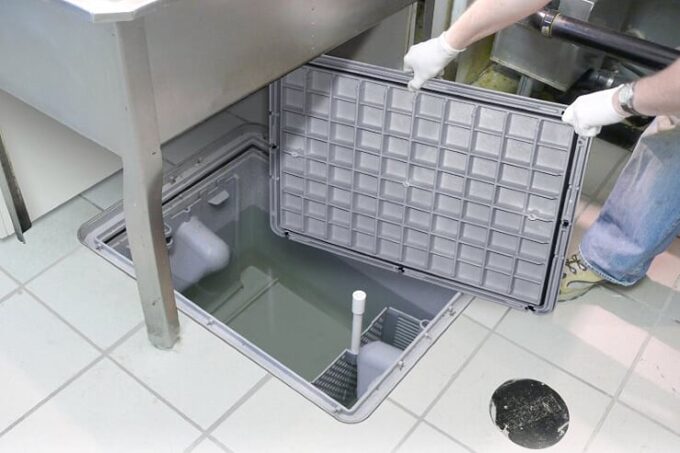
Source: greasetrapindianapolis.com
There are three main types of grease traps that you should be aware of:
- The passive/manual systems- Manual grease interceptors are most commonly found in smaller kitchen facilities. They’re incredibly easy to set up and manage, which makes them a perfect choice for someone just starting their business. Of course, not all of them are built the same: they come in different shapes and sizes, and they’re used for different purposes in different settings. They’re also the cheapest possible option out there.
- Automatic systems- Automatic grease traps have higher upfront costs than their manual counterparts, but they’re also much more convenient to use. As the name suggests, these systems utilize automatic mechanisms to help you get rid of grease on a preset schedule. They use heating processes to melt and skim out the grease from where it’s transported to a collector bin. Even though they’re more expensive price-wise, they’re also much more efficient in the long run, which makes them a cheaper option overall.
- Gravity systems- Now, gravity grease interceptors are extremely expensive, as they’re mostly used to accommodate massive flows in large establishments. These are extremely large and they require frequent pumping and maintenance to stay functional. As a small business owner, you probably won’t need this one!
Maintenance and cleaning
All grease traps require frequent emptying and cleaning to work properly. The grease will build up in there, so the device has to be inspected at least once every two weeks, depending on its size and your recent activities in the kitchen. Make sure you read the user manual and invest in some high-quality cleaning equipment such as the shop vacuum, crowbars, scrapers, and protective gear for yourself.
Now, we suggest you don’t do the maintenance by yourself at all if you can help it. The professional grease trap cleaners such as those at phoenixgrease.com will always do it better than you and you’ll avoid the exhausting (and smelly) cleaning task. It’s a win-win, right? Even if you don’t have the budget to call them every couple of weeks, we suggest you hire professional services at least once every few months. Meanwhile, learn how to clean it properly and make sure everyone who’s handling it is properly trained and educated on the matter.
Again, if the interceptor isn’t properly maintained, you’ll have to deal with foul smells from your drainage (which will steer your potential customers away), plumbing issues, and pricey repair expenses that come with it. Look out for signs of a clogged grease trap like foul smells, noisy drains, and slow drainage. Never ignore these and always make sure to examine your device before these problems occur.
Proper installation is key
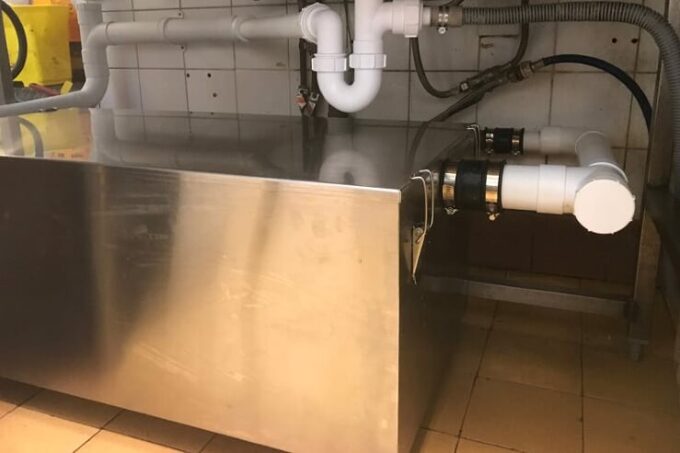
Source: dallasgrease.com
Once you decide to buy a quality grease interceptor for your commercial kitchen needs, it’s time to find someone who’ll install it for you. If the trap ends up being improperly installed, you’ll be at risk of serious plumbing damage. Make sure you choose a reliable and experienced company for the job. Read up on their online reviews and seek advice from the local restaurant owners if you can.
The conclusion
Grease traps are simple, yet effective devices used for managing and preventing grease waste from entering your pipeline. If you’re planning on opening a commercial kitchen, you’ll need to buy one to keep your plumbing system safe and clean- there’s no avoiding it.
Make sure to consider different sizes and models before you’ve chosen one for yourself. Seek professional assistance during the buying process, and don’t forget to ask tons of questions to your potential suppliers.

